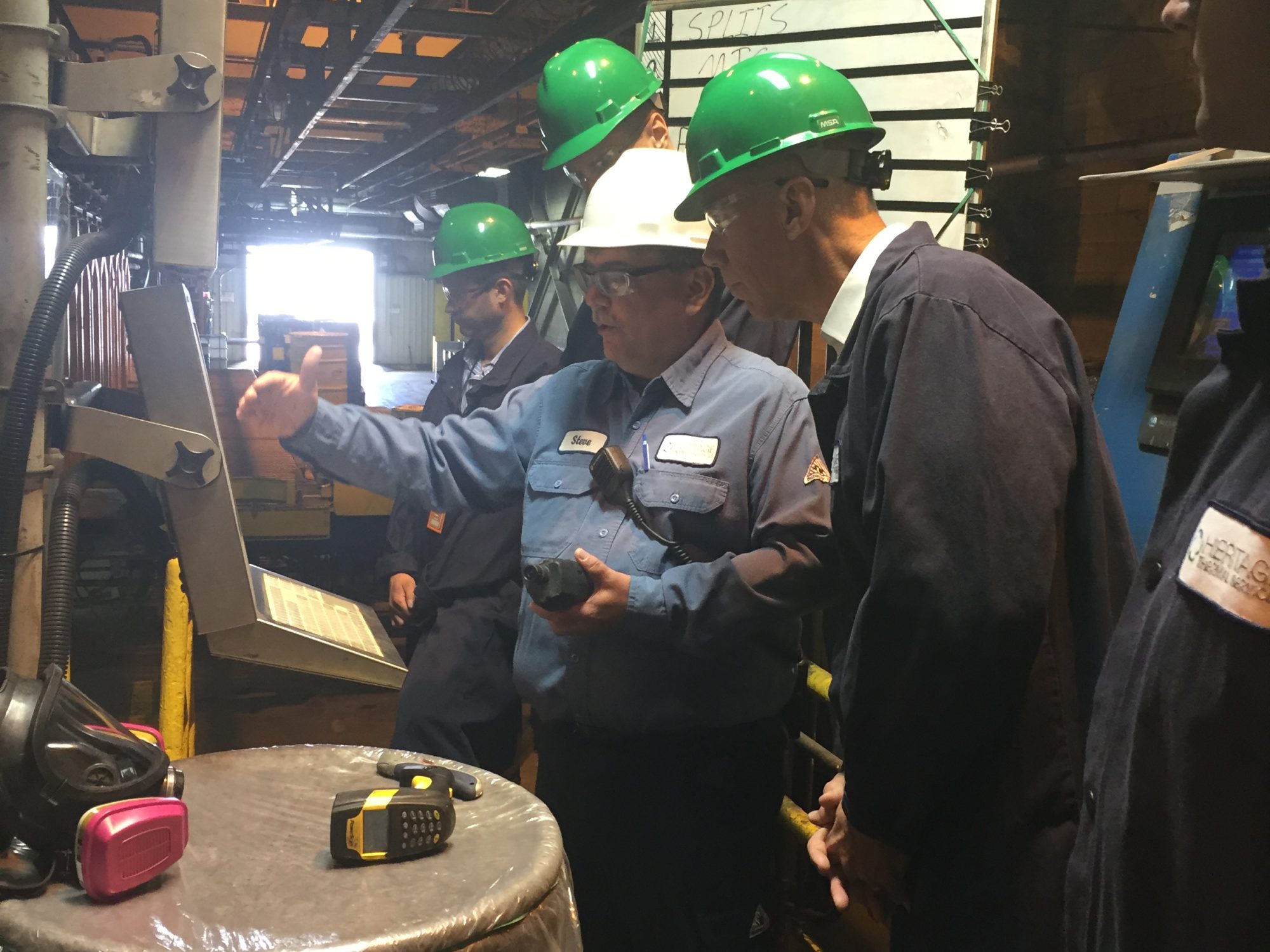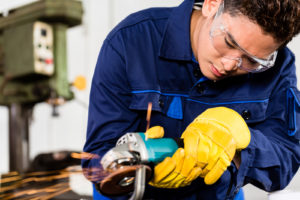According to reports, many manufacturing jobs are making their way back to the U.S. Believe it or not, this slow trend began well before President-Elect Trump centered his campaign platform on bringing jobs back from overseas. Manufacturers are now finding advantages to locating plants geographically closer to their target markets. This is in large part due to the fact that transportation and warehousing costs are steadily rising. Of course another factor in reshoring of jobs is that foreign workers are becoming more skilled, which is leading to higher wages.
While this might sound encouraging for the U.S. economy, here are the real questions: Is the American workforce ready for an influx of new manufacturing jobs? Or will there be unfilled jobs due to skills gaps? Further, are people even willing to do the jobs that are coming back to the U.S?
THE SKILLS GAP
Unfortunately, eighty percent of manufacturers say that they are experiencing a lack of qualified applicants. Based on the apparent skills gap, major universities are upgrading their curricula in the areas of engineering and business. Conversely, some manufacturers are even offering in-house education for their workforce. The advantage of this workforce development solution is that the training is tailored specifically to the positions in which they will be working.
That being said, many employers wish to hire candidates with some formal education or experience in the field. However, they are not looking for workers with four-year or advanced degrees, “they are looking for workers who possess two-year degrees or certifications in a field such as manufacturing technology or maintenance, or many times, just prior experience in a manufacturing environment and an ability to learn quickly on the job.”
THE EDUCATIONAL DIVIDE
Too often the message to high school students is, once you graduate, you go directly to college. Certainly, four-year degrees are an appropriate and worthwhile option for many high school graduates, however, educators should strive to identify students with the passion for trades and other career paths that do not require college degrees. If teachers, guidance counselors and parents can foster this passion early on, they can provide a clearer path towards apprenticeship programs or other technical education.
THE MISGUIDED PERCEPTION
All of this boils down to the need to change the perception attached to manufacturing jobs. There needs to be a shift in mindset which recognizes that skilled manufacturing jobs are sustainable and provide wages that are often higher than non-manufacturing jobs. However, many people think of dirty, dark and dangerous environments when they think of manufacturing.
While traditional layouts and assembly lines still exist in some manufacturing environments, modern high-tech processes and machinery have transformed the look and feel of factory floors. Nevertheless, whether young people want to work with their hands or work in an office, in the age of modernized manufacturing, everyone needs to commit to providing young people with viable career paths.


